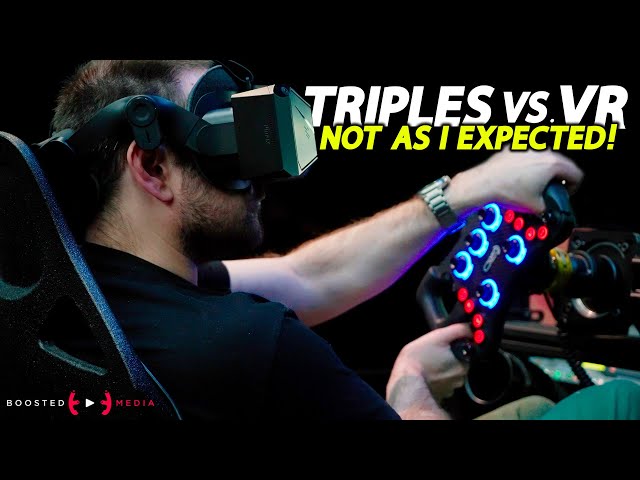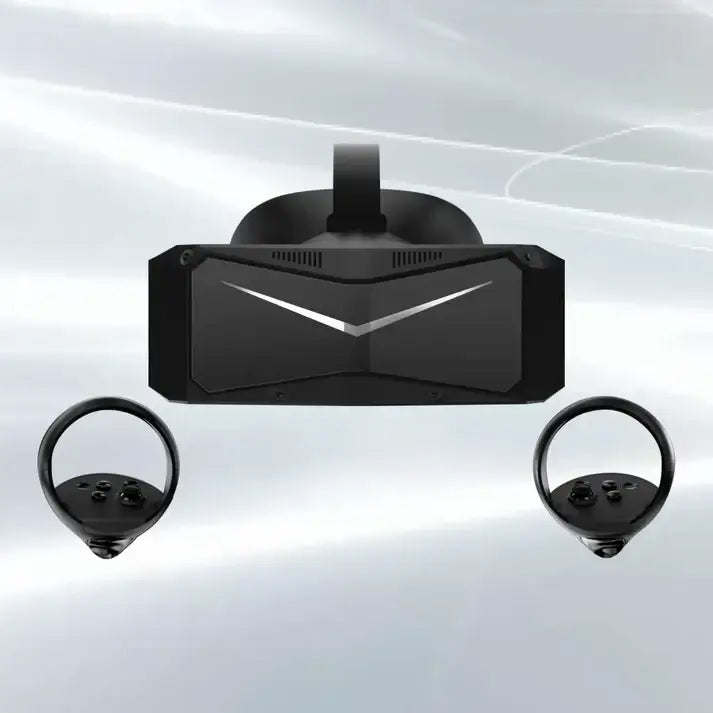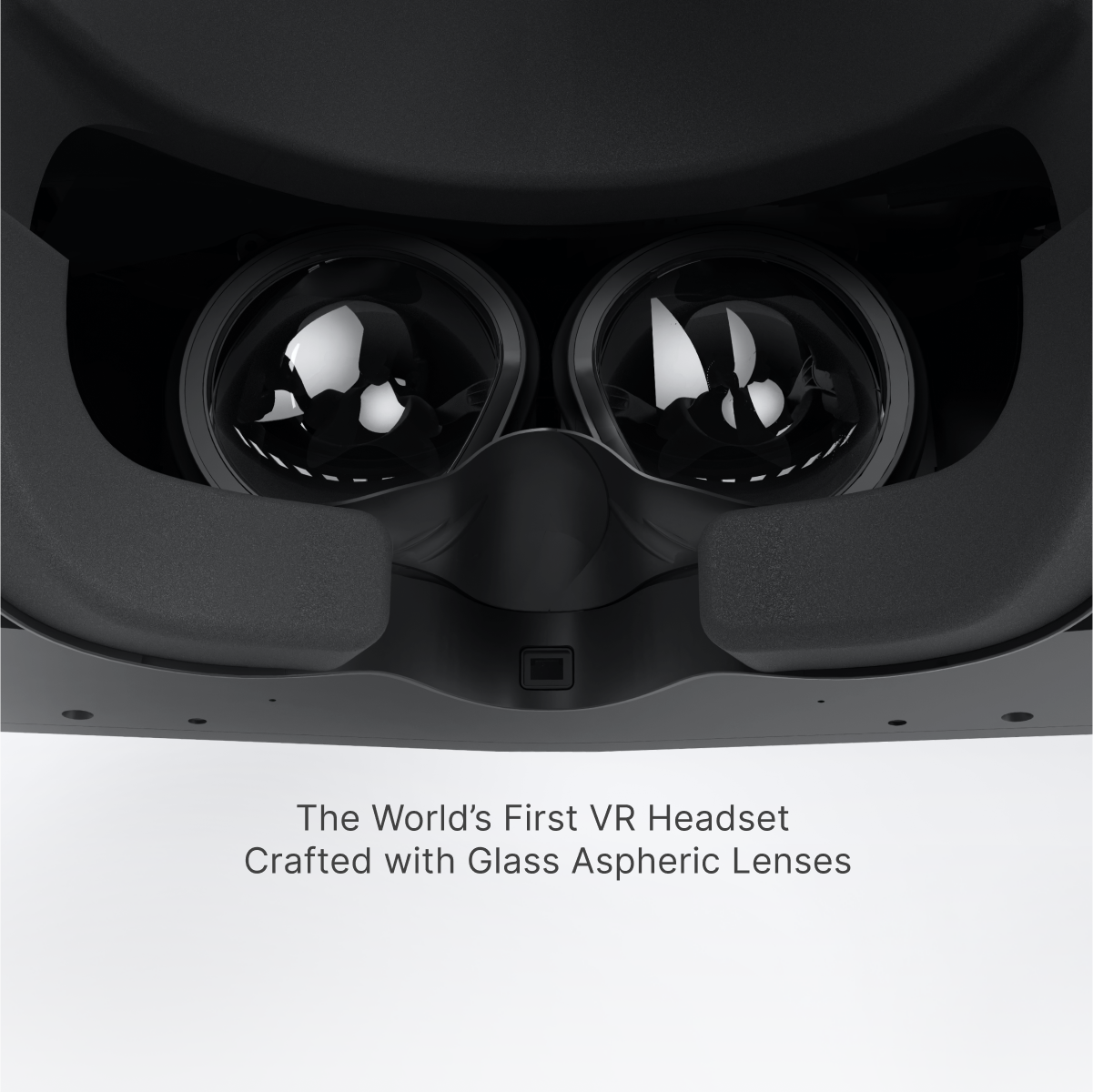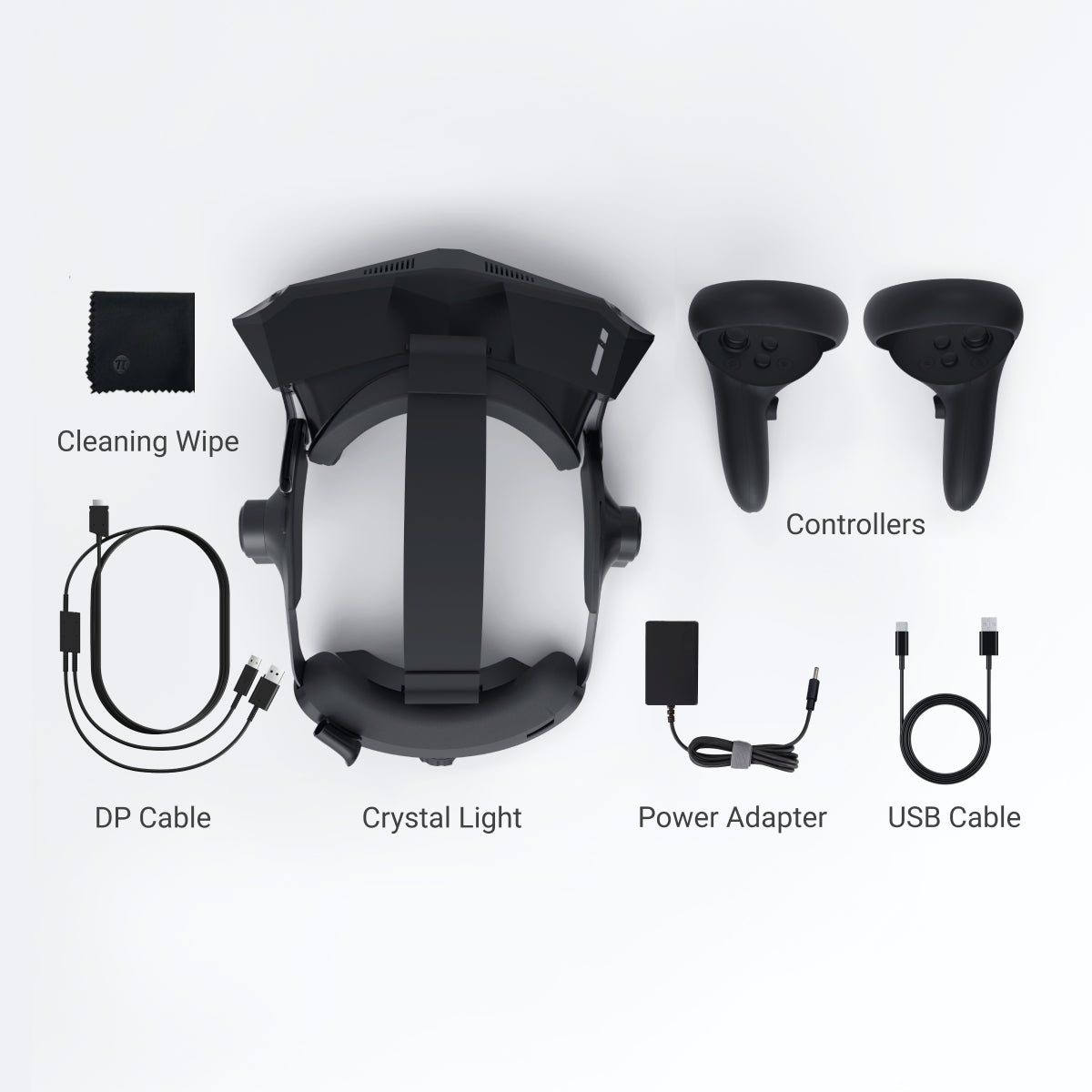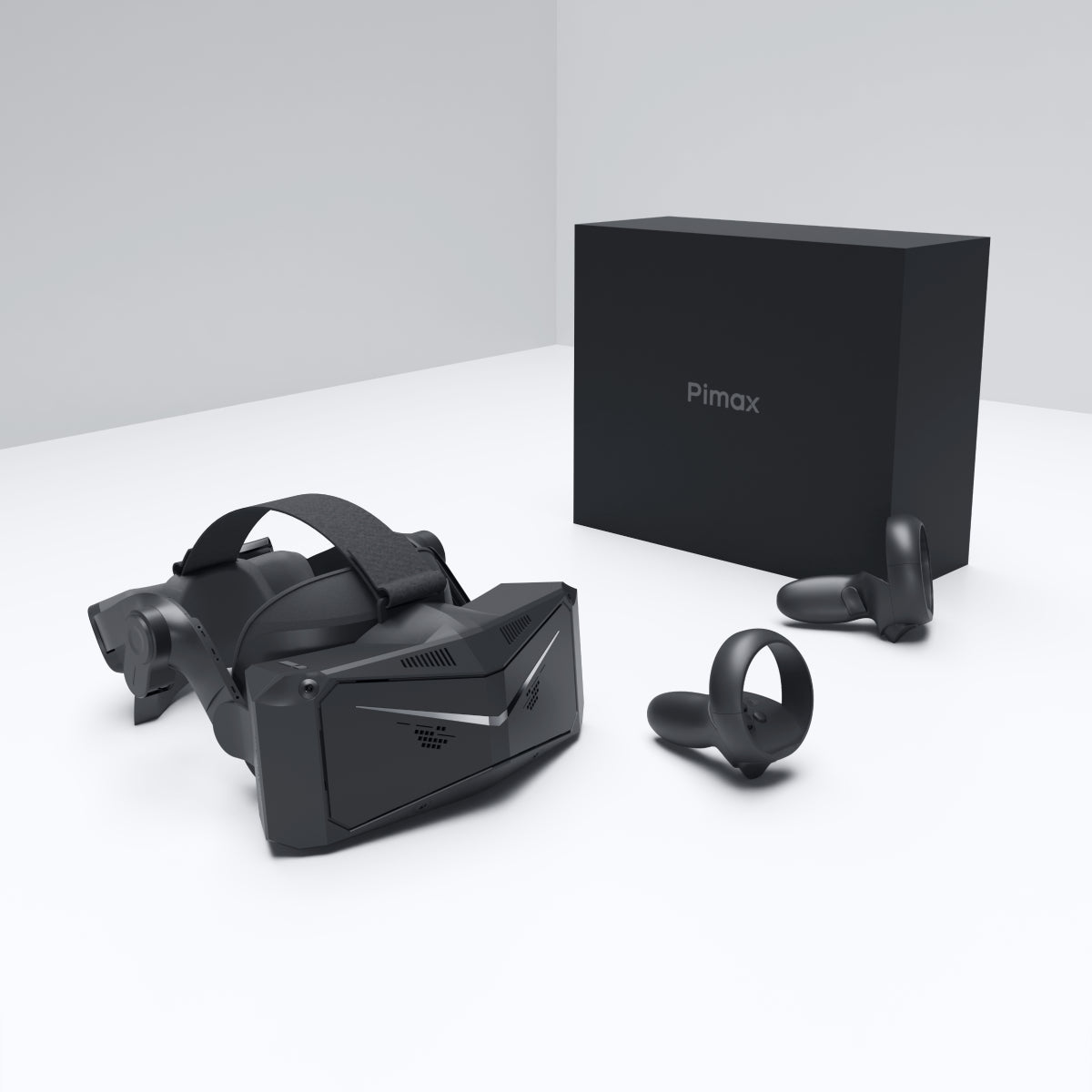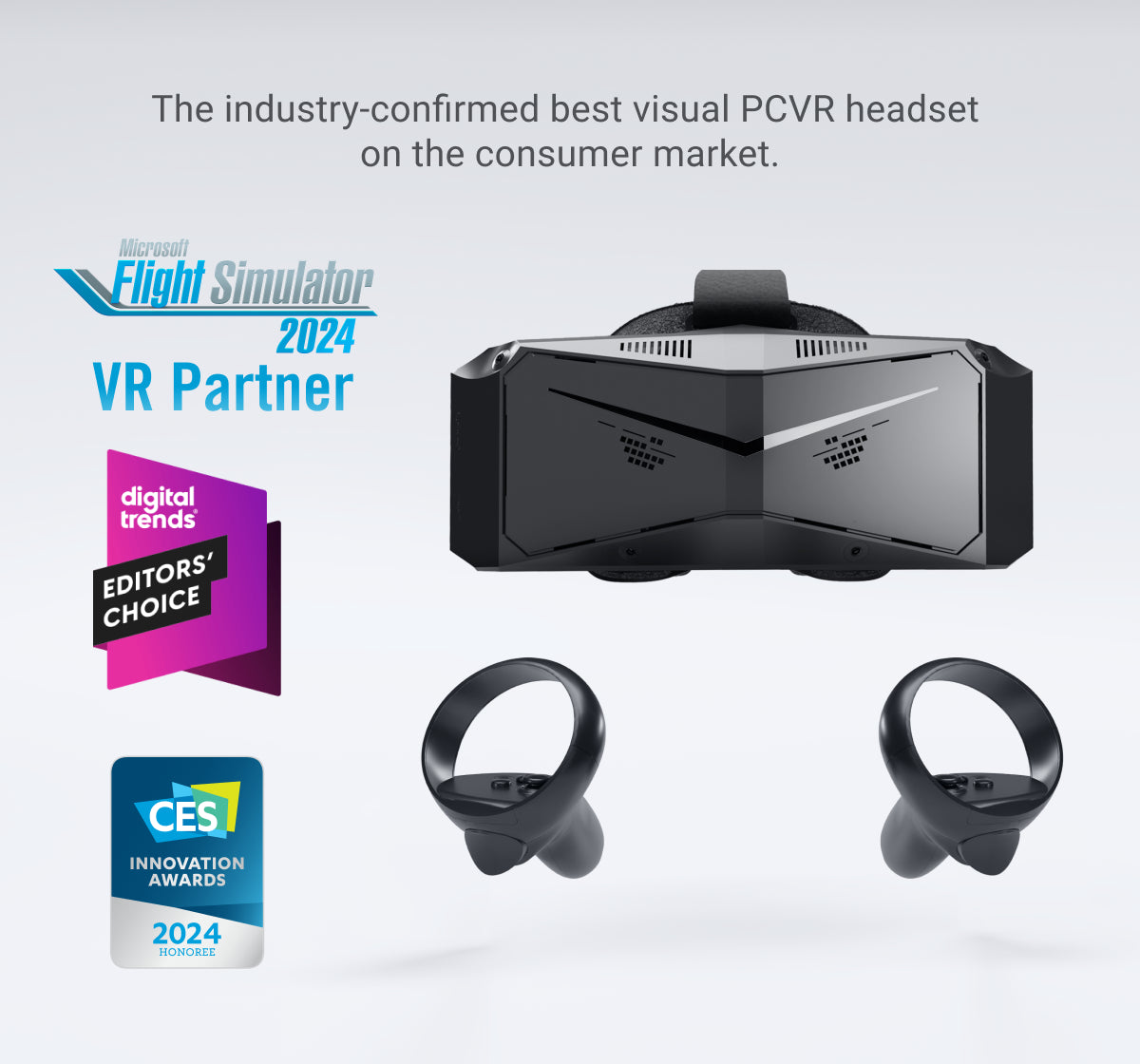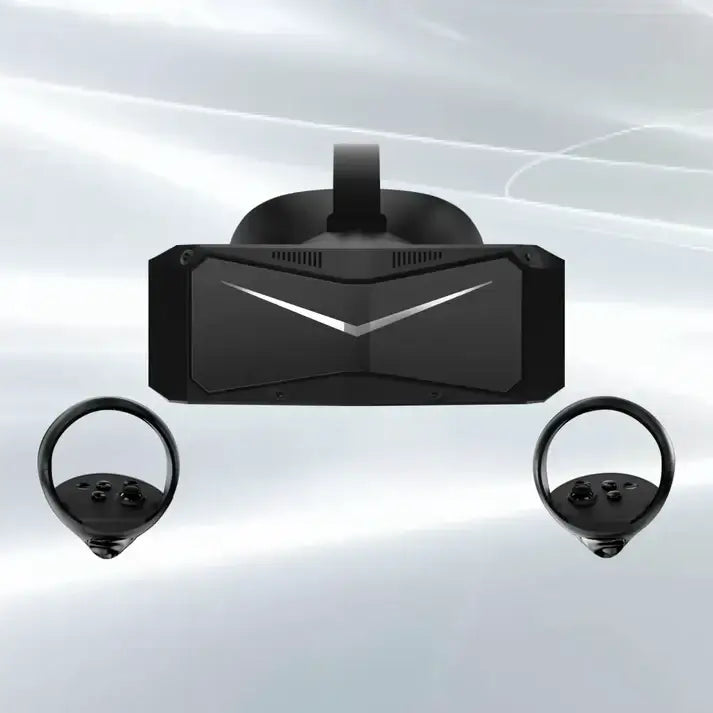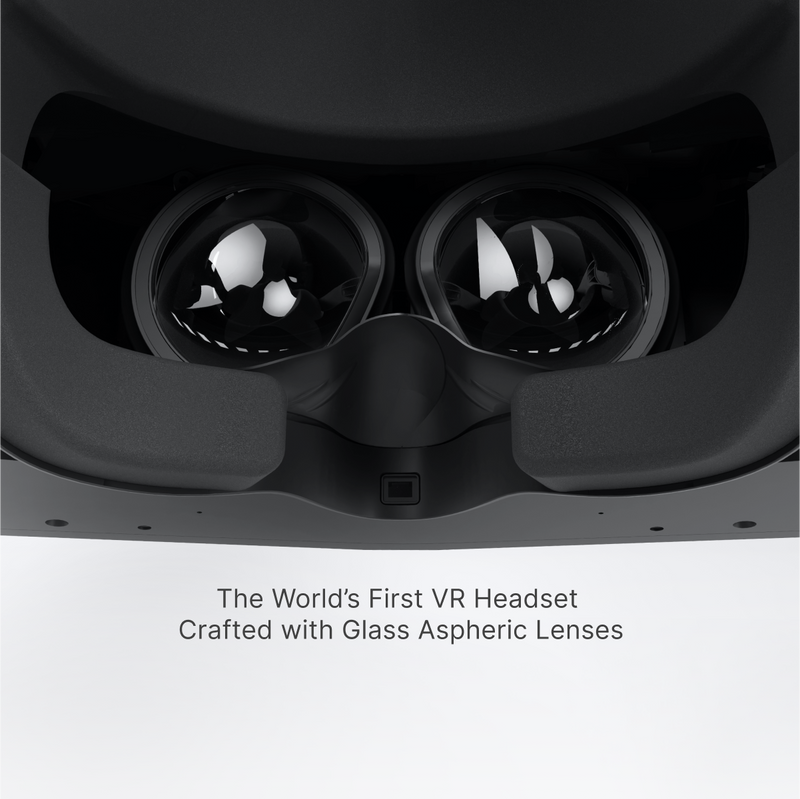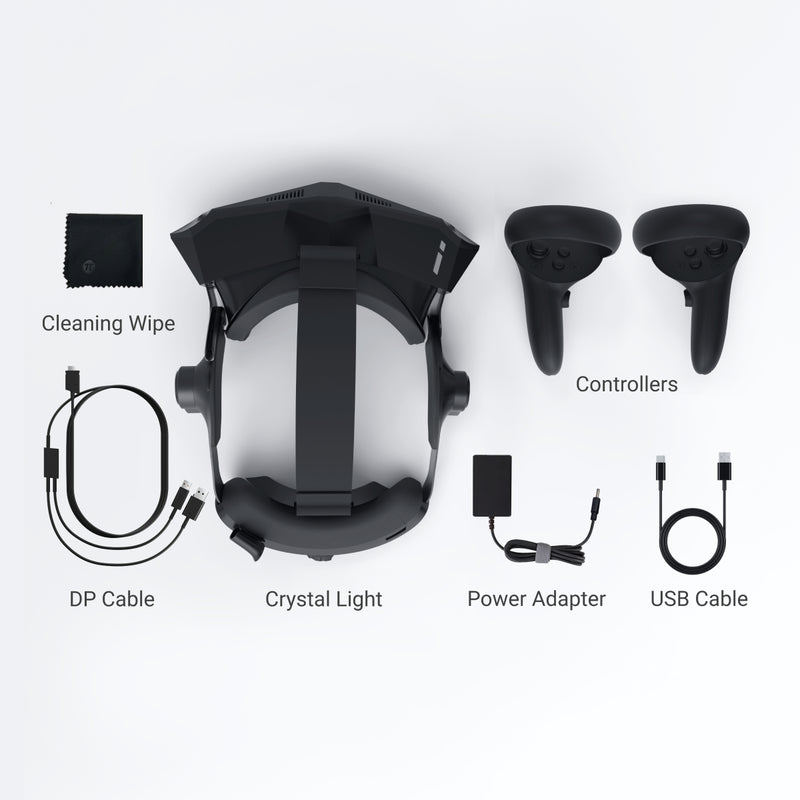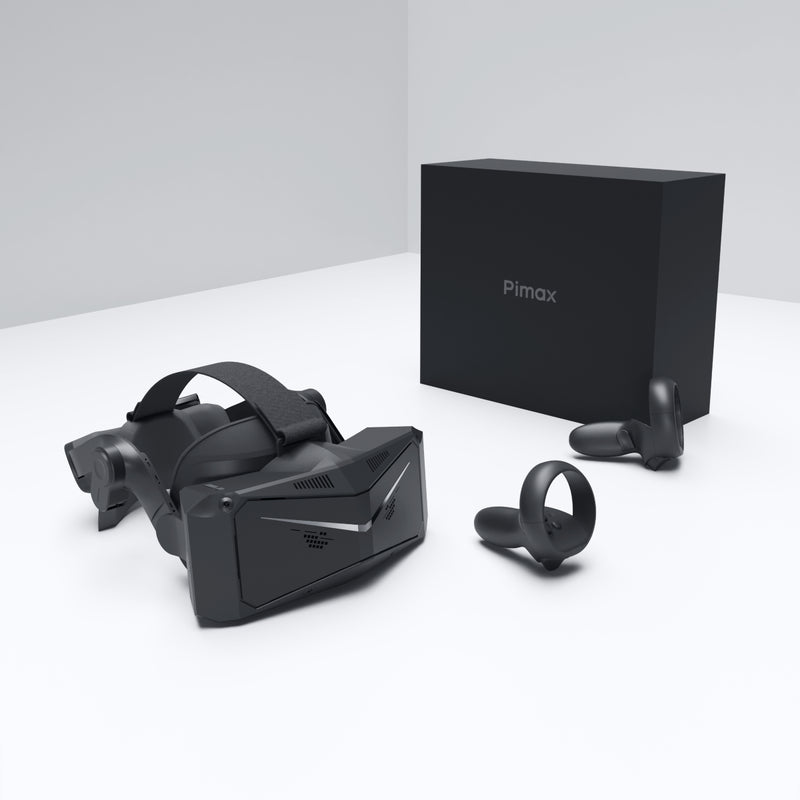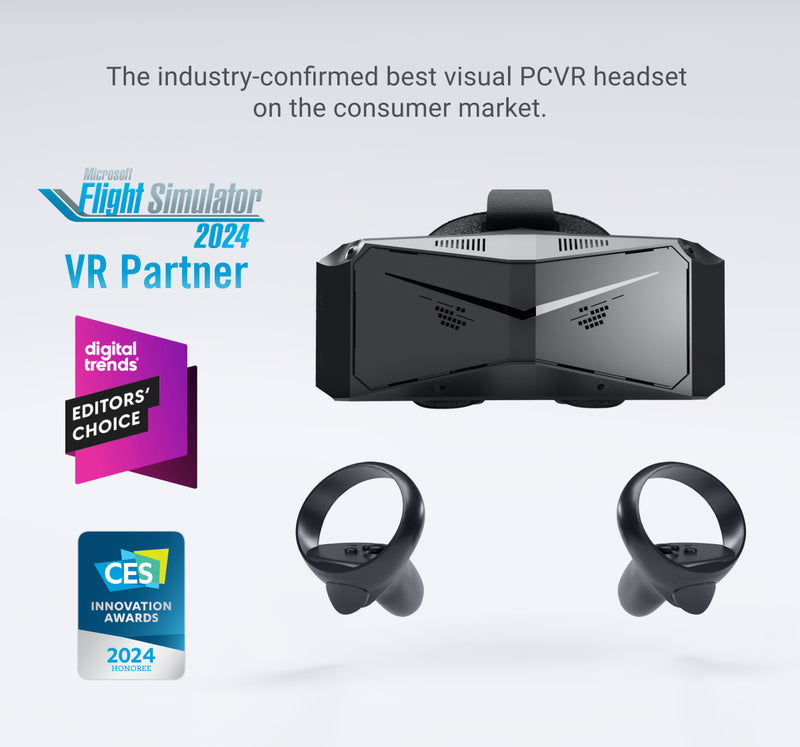Dans le domaine de la simulation de course, le débat entre l'utilisation d'un casque VR et une configuration à trois écrans continue de captiver les passionnés. La dernière vidéo de Boosted Media propose une comparaison éclairante, explorant quelle configuration pourrait mieux répondre aux différents besoins de course.
Expérience immersive
Les casques de réalité virtuelle, comme le Pimax Crystal Light, offrent une expérience plus immersive, en offrant une vision 3D stéréoscopique qui confère aux utilisateurs une perception naturelle de la profondeur. Cette fonctionnalité est essentielle pour évaluer avec précision les distances et effectuer des manœuvres précises sur la piste. En revanche, si les grandes configurations à triple écran peuvent remplir efficacement la vision périphérique, elles n'offrent pas le même niveau de perception de la profondeur en raison de leur nature bidimensionnelle.
Flexibilité et mouvement
Les écrans triples offrent un champ de vision stable mais limitent les mouvements physiques. Comme le montre la vidéo, les déplacements en dehors de la plage fixe des écrans provoquent des distorsions, ce qui perturbe l'expérience de course. La réalité virtuelle, en revanche, permet aux coureurs de regarder naturellement autour du cockpit, ce qui améliore le réalisme. L'absence de 3D stéréoscopique sur les écrans triples signifie que les coureurs doivent se fier à des repères visuels comme les marqueurs de freinage plutôt qu'à une perception spatiale.
Performances et temps au tour
Boosted Media a réalisé des tests consécutifs en utilisant les deux configurations avec une Ferrari 296 GT3 sur le circuit de Spa. Les résultats ont montré que si les écrans triples offraient une bonne cohérence, l'expérience immersive de la réalité virtuelle conduisait souvent à un meilleur placement sur la piste et à de meilleurs temps au tour. La possibilité de se déplacer librement et de percevoir la profondeur permettait d'obtenir des lignes de course plus précises et d'améliorer les performances globales.
Données clés
-
Cohérence du temps au tour : la vidéo a souligné que les temps au tour sur les écrans triples étaient cohérents mais manquaient de la précision obtenue en VR.
-
Placement de la voiture : En particulier sur les pistes avec des crêtes aveugles et un terrain ondulé, la perception de la profondeur de la réalité virtuelle s'est avérée avantageuse pour un placement optimal de la voiture.
Considérations pour les coureurs
Lorsqu'ils choisissent entre la réalité virtuelle et les triples écrans, les coureurs doivent prendre en compte plusieurs facteurs :
-
Immersion vs. Espace réel : la réalité virtuelle offre une immersion supérieure, mais nécessite une adaptation au port d'un casque. Les écrans triples offrent plus d'espace visuel et peuvent être préférés pour la création de contenu.
-
Budget et espace : les écrans triples peuvent être coûteux et nécessitent un espace physique important. Les casques VR sont plus compacts mais nécessitent une configuration PC performante pour des performances fluides.
-
Utilisation prévue : Pour les coureurs qui privilégient l'immersion et la perception de la profondeur, la réalité virtuelle est le choix idéal. Ceux qui se concentrent sur la stabilité et la création de contenu pourraient se tourner vers les triples écrans.
Si vous avez des questions sur la configuration, n'hésitez pas à rejoindre notre groupe Discord. Nous organisons fréquemment des sessions de questions-réponses et vous pouvez poster vos questions dans les canaux correspondants. Pour toute assistance liée à Discord, contactez Max à Max.Semak@Pimax. Vous pouvez rejoindre notre groupe Discord ici : Discord Channel . Pour une assistance technique, vous pouvez également contacter Emily à emily.wang@pimax.com ou soumettre un ticket ici : Support Ticket . Pour plus de détails sur la Pimax Crystal Light, veuillez visiter la page produit ici .


